Review: The Uncommon History of Very Common Things Part One
It’s evident that we use all sorts of simplistic things almost every single day. But no one seems to ask why we use them and how they came to be, mainly because they don’t need to be answered. Well, not until now, that is. Today, Crackle has released the first half of its latest original animated series that features some unusual facts about the stuff we usually use.
The show’s concept is as simple as the title suggests. It examines the informative history behind common everyday items that we take for granted in the modern world. The first half of its 10-episode season takes an intriguing look behind objects that relate to game days, mornings, vices, the high seas, and date nights.
Each episode’s topic was divided into three subtopics that relate to that said topic. For example, its second episode, “Mornings”, explores the origins of coffee, toilet paper, and working out. Another example is its fourth episode, “High Seas”, which showcases the history behind pirates, rum, and salt.
Usually, shows involving history tend to be dramatic and overly detailed, which can put people to sleep in a matter of seconds, especially those who don’t care about the topic. This show, however, is not one of them. After viewing the first five episodes of this latest educational program, I was surprised to see how it effectively combines education and entertainment.
One of the elements that worked well in Very Common Things was its presentation. Rather than spending 25 minutes talking about one topic, the show delivered brief historical facts related to its three subtopics and some animated depictions of those facts. The episodes were nicely paced so that they don’t feel mundane, and they’re suitably well-informed and lively for their given topic. The animation segments weren’t exactly top-quality, and its variety was severely lacking. However, there’s a solid amount of charm to be had in these segments that made learning somehow enjoyable. Even the series’s host did pretty well in keeping things engaging.
There’s plenty of stuff in this show that would certainly change how we see our everyday objects. One of the essential things that I didn’t know about until now was the pirates. It turns out that the pirates captured Julius Caesar, and the most important pirate of the seven seas was none other than a woman named Ching Shih. With some of the facts I mentioned, it’s no wonder why this show made history so entertaining.
Overall, the first half of The Uncommon History of Very Common Things is very uncommon from the other educational shows aimed towards teens. This was because it’s more lively and well-paced compared to the other ones. Thanks to its visual presentation and direction, this was an auspicious start to this pleasing piece of educational programming. It would be interesting to see what other everyday things the series will explore next in its second half.


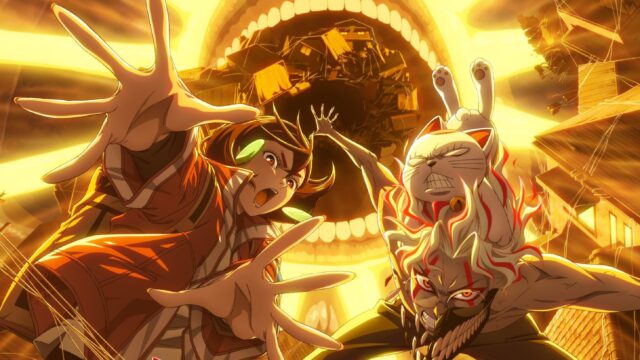
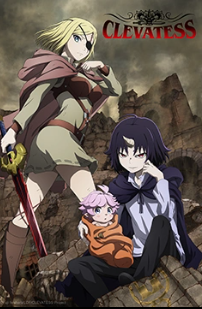
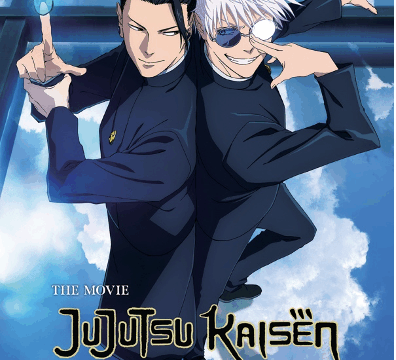
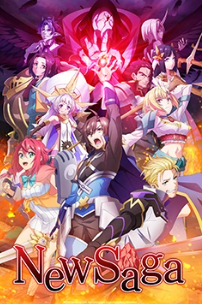














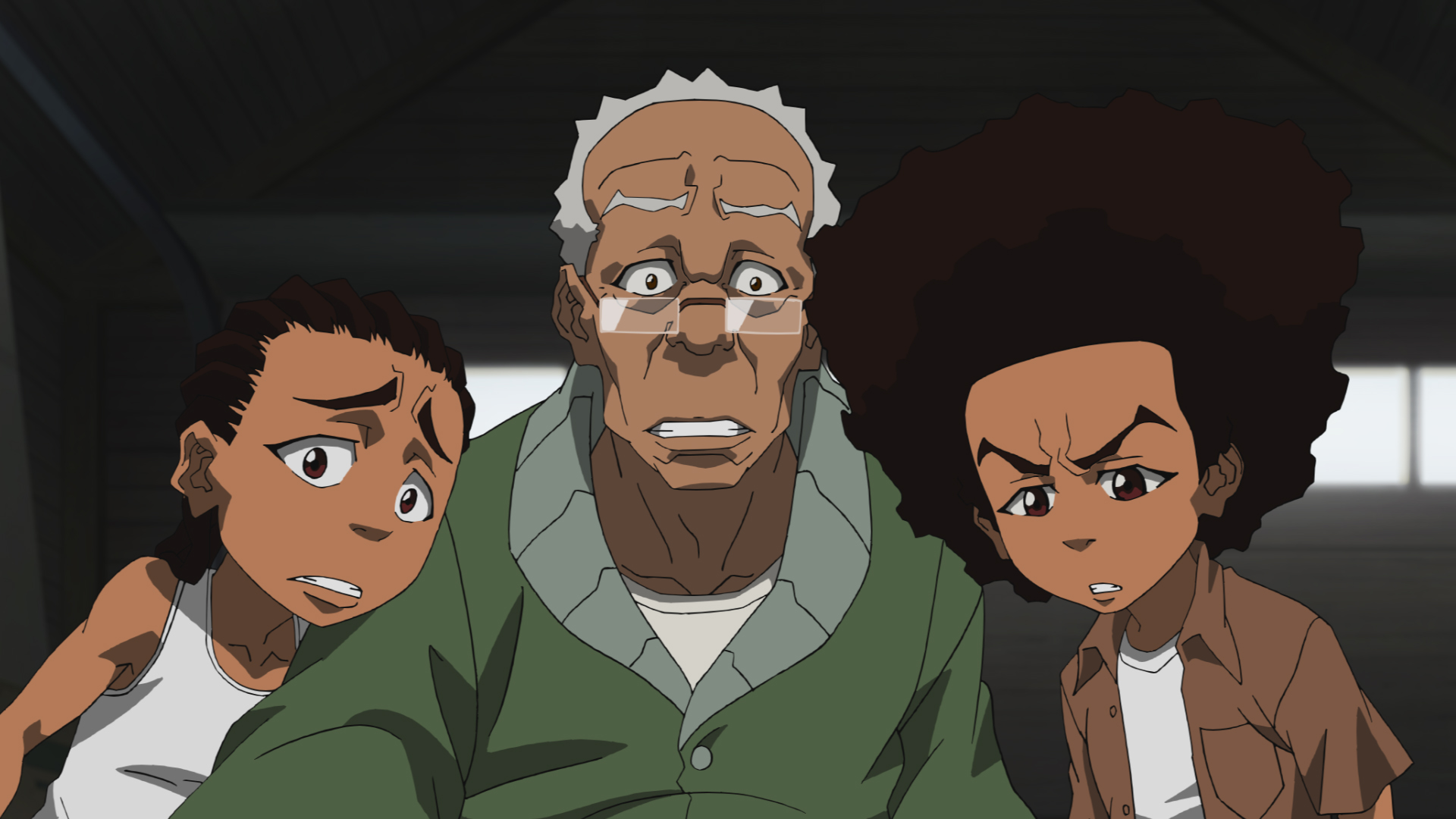






"There are also other characters that come and go (also owned by the Warner Bros. Discovery conglomerate media company)."
Huh. Is that just referring to other characters from the show itself, or is this implying that the new season is going to have cameos from other WBD IPs